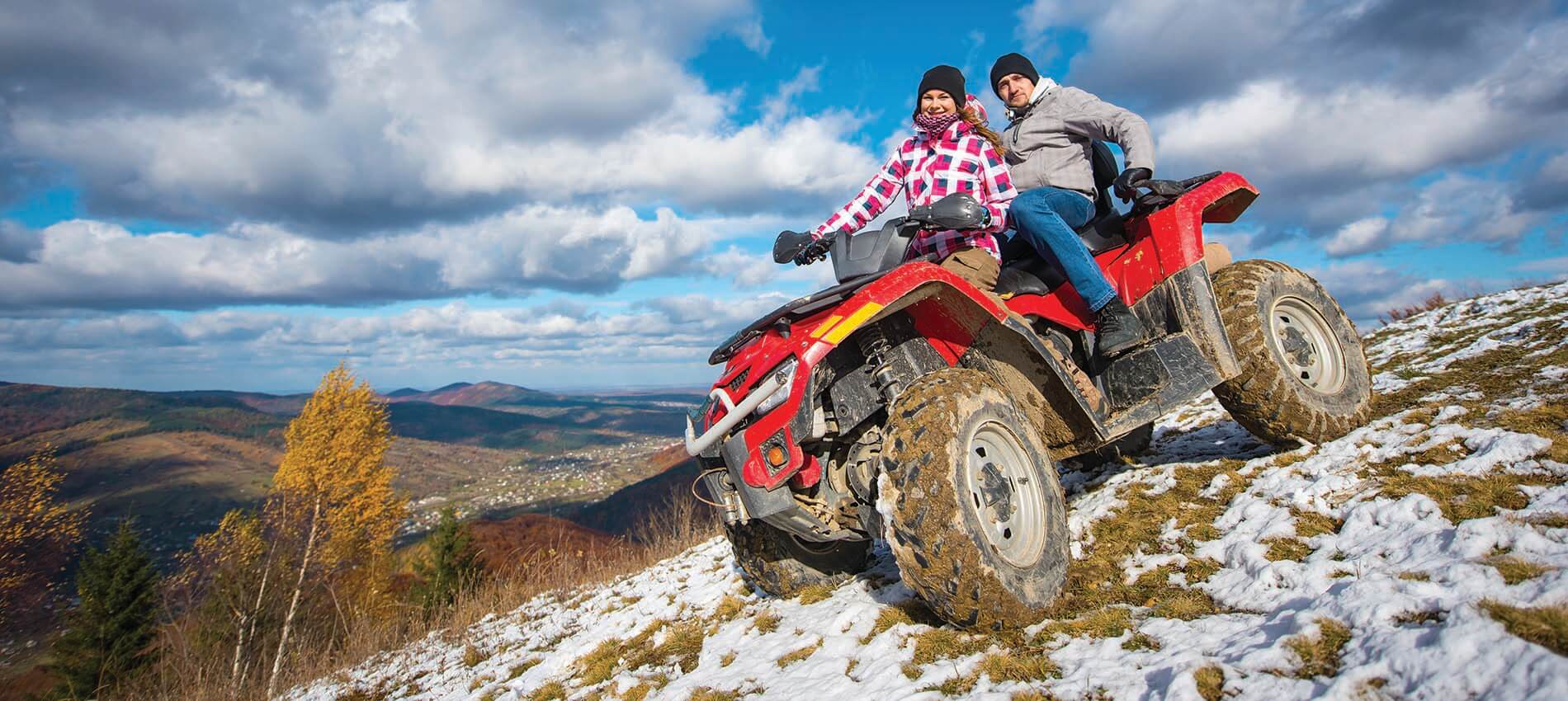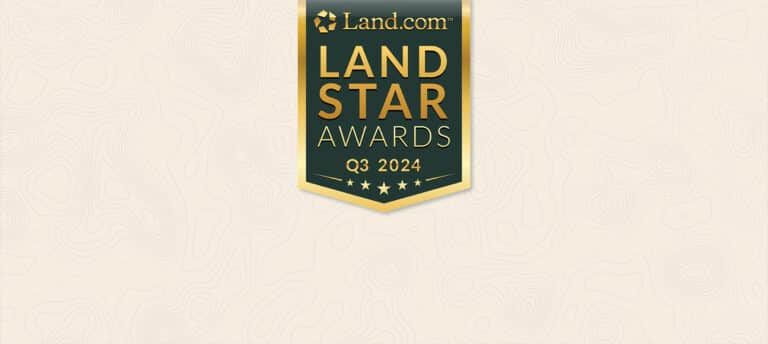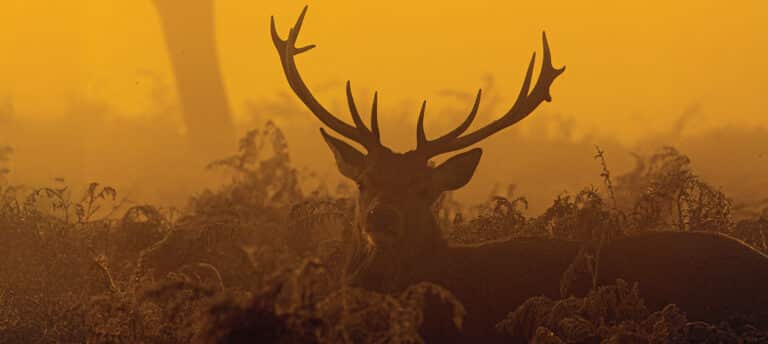
A year or so after I formed my hunting business, I decided it was time for me to consider purchasing a liability insurance policy. I contacted a local insurance agent who was listed in the Yellow Pages, and set up a time for a meeting. He had me come by the day before the meeting so that I could pick up some paperwork to fill out. The next day, I sat down in his office and his first comments were something like, “Son, couldn’t you pick out a profession that provides you with less liability? We can’t write insurance for your company, as there are simply too many possible exposures that make your business too high a risk for us.” It was at that point that it became apparent to me that I was working in an industry that involved an almost endless list of scenarios that could potentially put people’s lives in harm’s way. Some 30 years later, this reality of the precarious nature of my business has only become more crystalized, along with a heightened concern of properly dealing with this downside of my business.
The outdoor recreation industry that involves hunting, fishing, and other forms of nature-based recreation, can indeed present some predictable, and not so predictable, forms of liability exposure for the proprietor; that’s the bad news. The good news, however, is that there are some reasonable options that allow the proprietor to mitigate their risks and liabilities.
Have your own wildlife business-related question? Ask Greg here!
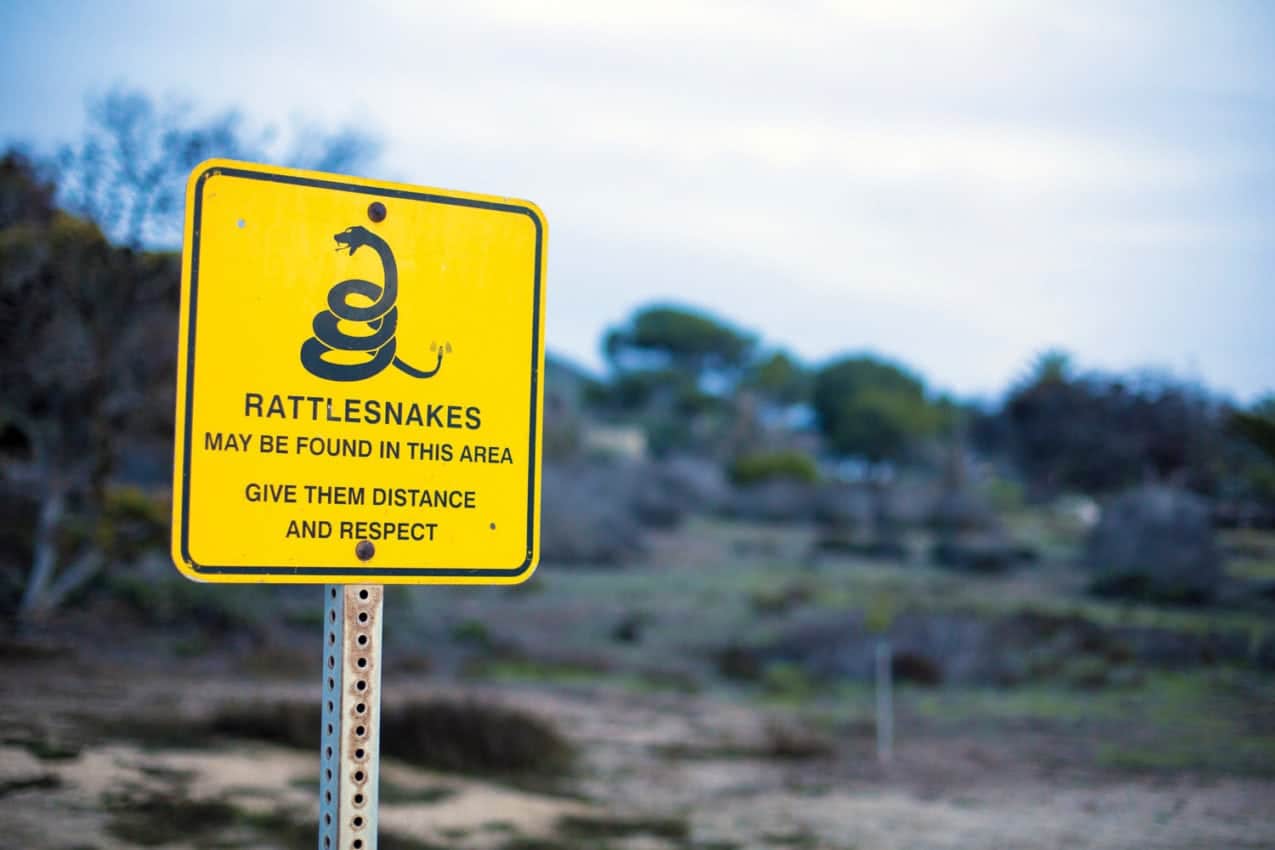
Use protection
Though some people may say something like, “It’s not worth the value of the paper that it’s written on,” it’s always recommended that you have your clients and guests sign a “waiver of liability” document or what’s often referred to as a release form. As another hedge against liability, it’s also recommended that all outdoor adventure trips begin with a formal orientation. The orientation, or what some of my camp staff refer to as, “The Talk,” is not only a great way to set the tone for the event as one of having structure, but it’s also a perfect opportunity to cover rules of safety, and to disclose any potentially perilous items that are relevant. Another form of protection that should never go overlooked by the proprietor is the integral need to carry sufficient liability insurance by a company that provides solid coverage with adequate limits and sufficient inclusions.
Recognizing the perils
Identifying possible perilous items is one of the initial steps in addressing risk mitigation. For example, for years, horses have been considered a high-risk item for businesses where clients and employees are placed horseback for transportation or recreational purposes. These days, ATVs and UTVs are often recognized as a potentially high-risk tool that are often used in these related businesses. Use of guns, elevated hunting blinds and swimming holes may also be certain features of your operations that provide high risk, so recognize these features and treat them accordingly, with plenty of precautionary use. It’s also generally recognized that the proprietor should assume a sense of obligation of providing disclosure to any clients, guests, and employees, that these possible perils exist. This disclosure is typically bundled in the form of a waiver of liability document.
Then, there are other possible hazards that may be well outside of “normal” features that are part of these type of outdoor adventure business practices. Things such as gas leaks in cabins, uncovered wells, faulty steps on elevated blinds, exposed electrical wiring, and cantankerous livestock, are examples that may fall into interpretations of gross negligence. Though tort statutes vary between states, it is generally understood that you cannot be absolved from gross negligence; thus, if you have knowledge of these type of pre-existing hazards that are repairable, then by all means, have them repaired or adequately addressed.
Marching in step
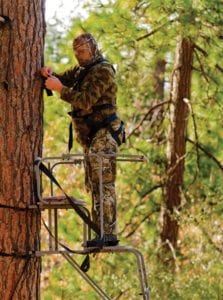
Like a finely tuned machine, when it comes to addressing concerns related to human health and safety, Rule #1 should be for the employees and support team of the enterprise to have rigid protocols that help define their procedural practices. Best management practices (BMPs) that help ensure safety can be developed through fundamental approaches. One tool that can be integrated into the procedural mix is a company handbook, or formalized document, that covers various company matters, including safety protocols. Further, an annual in-service training session is an excellent platform to instill and refine BMPs that help ensure that your support team are all on the same page regarding these practices. These types of instructional safeguards not only help reduce the possible occurrence of such problems, but these efforts may also serve as valuable tools to help demonstrate that the proprietor went through reasonable efforts to avoid such occurrences, should a legal claim ever be brought against the proprietor due to claimed damages that someone suffered as a consequence of services rendered.
Have your own wildlife business-related question? Ask Greg here!
Have a plan
Though nobody wants to deal with possible ill-fate of a client or guest getting harmed while participating in an activity that is provided by the proprietor, part of the BMP protocol assembly should include the “what to do” list should something go awry. Where is the first aid kit? Where’s the nearest EMS center and how do I get there? Does my client have a medical history that I should know about so that I can help understand certain signs of distress? How do I address haemorrhaging should someone suffer a major cut? Bottom line is, “What am I going to do if x, y, or z happens?”
These are simply a few mile-high thoughts regarding risk management considerations in wildlife and nature-based recreation businesses. For greater expertise on this subject, please check with a legal adviser that deals with tort laws in your state of operation.
One of the beauties of those businesses that involve hunters, fishermen, and other outdoor enthusiasts, is the pleasure and fun that’s generated for those clients who are part of the business activity. By implementing sound BMPs into the routine, we can help ensure that everyone’s experience is rewarding and free from peril.
The author, Greg Simons, owns a company that provides assistance to private landowners on commercial hunting operations and wildlife management programs. For further information on his company, check out www.wildlifesystems.com.
